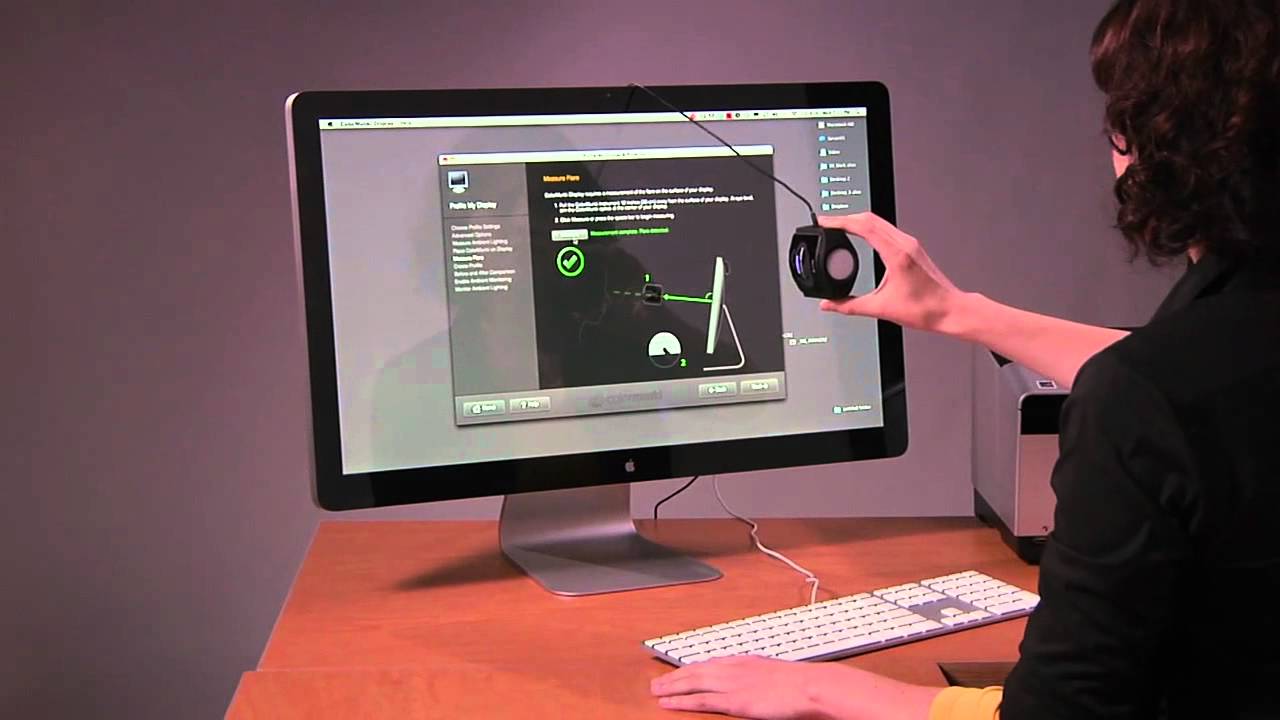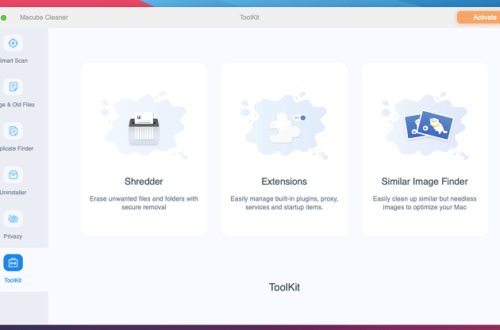In the ever-evolving world of gaming, portability has become a key consideration for avid gamers. The rise of gaming laptops has allowed enthusiasts to take their gaming experiences on the road, without sacrificing the quality of gameplay. One of the most crucial components that contribute to an immersive gaming experience is the laptop’s LCD display. A high-quality LCD not only enhances visuals but also determines the level of immersion a gamer can achieve. In this article, we delve into the essential features to consider when selecting the best laptop LCD for immersive gameplay.
Resolution: Paving the Path to Detail-Rich Worlds
Resolution is the foundation upon which visual quality is built. A higher resolution display offers more pixels per inch, resulting in sharper images and finer details. When it comes to gaming, a Full HD (1920×1080) resolution is often the bare minimum, providing a balance between performance and visual quality. However, for those seeking unparalleled immersion, laptops with 2K (2560×1440) or even 4K (3840×2160) resolutions are becoming increasingly popular. These resolutions allow for a more realistic and captivating gaming experience, particularly in open-world or visually rich games where intricate details matter.
Refresh Rate: The Key to Fluid Motion
Refresh rate, measured in Hertz (Hz), dictates how many frames per second (FPS) a display can show. A higher refresh rate results in smoother motion and reduced motion blur, which is especially important in fast-paced games where split-second reactions can make the difference between victory and defeat. Most gaming laptops come with refresh rates of 60Hz or 120Hz. However, for a truly immersive gaming experience, consider laptops with 144Hz, 240Hz, or even 300Hz displays. These high refresh rates ensure that the on-screen action remains fluid and lifelike.
Response Time: Banishing Ghosting from the Screen
Response time refers to how quickly a pixel can change from one color to another. A lower response time helps reduce motion blur and ghosting, which can occur when fast-moving objects leave a trail behind them on the screen. A response time of 5 milliseconds (ms) or lower is ideal for gaming. Some gaming laptops also boast ultra-fast response times of 1ms, providing a crystal-clear image even during high-speed gameplay.
Panel Technology: The Angle of the Story
The type of panel technology used in a laptop’s LCD display can significantly impact the gaming experience. There are three primary types: IPS (In-Plane Switching), TN (Twisted Nematic), and OLED (Organic Light Emitting Diode).
- IPS: IPS panels offer excellent color accuracy and wider viewing angles. This is crucial for multiplayer games or when sharing your screen with friends. However, they may have slightly higher response times compared to TN panels.
- TN: TN panels generally have faster response times and higher refresh rates, making them ideal for competitive gaming. However, they often suffer from poor color accuracy and limited viewing angles.
- OLED: OLED panels are known for their vibrant colors, deep blacks, and fast response times. They provide exceptional contrast and are well-suited for single-player experiences where visual fidelity takes precedence.
HDR and Color Accuracy: Painting the Gaming Landscape
High Dynamic Range (HDR) technology enhances the contrast and color accuracy of a display, resulting in more lifelike and vibrant visuals. HDR-enabled gaming laptops can reproduce a wider range of colors and brightness levels, creating a more immersive atmosphere. When searching for a laptop LCD, consider models with at least HDR400 certification for a noticeable improvement in image quality.
Screen Size: Striking the Balance
The screen size of a gaming laptop is a matter of personal preference. While larger screens offer a more expansive view and can amplify immersion, they can also make the laptop less portable. Optimal screen sizes for gaming laptops typically fall between 15 and 17 inches, striking a balance between portability and visual experience.
Selecting the best laptop LCD for immersive gameplay requires a careful consideration of factors such as resolution, refresh rate, response time, panel technology, HDR support, color accuracy, and screen size. By choosing a laptop that excels in these aspects, gamers can transport themselves to vibrant virtual worlds with stunning visuals, fluid motion, and engaging gameplay, all while gaming on the go. As technology continues to advance, the boundaries of portable gaming are pushed further, promising even more exhilarating experiences for gamers around the world.




